To many these days the abbreviation “AI” means “Artificial Intelligence.” However there is another definition in the scientific community. One that has less to do with machinery and more to do with humanity… Artificial Insemination.
Russian biologist Ilya Ivanovich Ivanov made his name in this field of AI, tinkering round the edges of what was seen as God’s plan. Bypassing the traditional method of conception, he gave life and hope to those who had none.
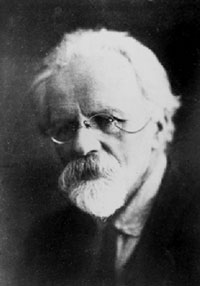
However in the years after his death he was also known by another title — “Red Frankenstein”. He got that through his interest in blending the human and animal kingdoms. In the 1920s, Ivanov set out on an ambitious research mission. The destination? Africa.
What he had in mind sounded like the business of a mad scientist. Yet for Ivanov it was all part of a day’s work. He’d already crossed a zebra with a donkey. Now he was looking to fuse a person with their genetic ancestor… the ape.
A 2008 article on the New Scientist website writes, “Despite the disapproval of the scientific establishment Ivanov got the go-ahead – and the funds to mount an expedition to Africa to collect apes. Documents show that the decision was pushed through by leading members of the Bolshevik government…”
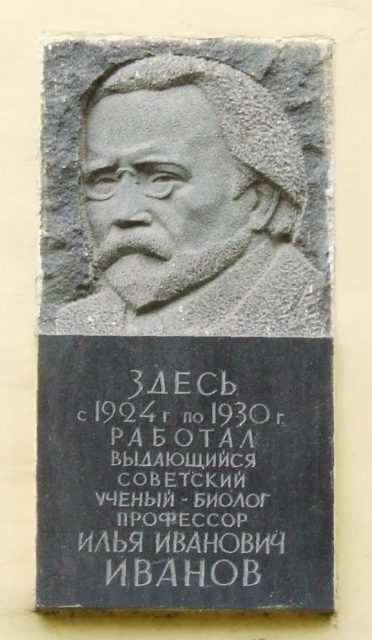
He also received support from the Pasteur Institute in Paris. They ran a center for primates out in Guinea, West Africa and agreed to supply the raw material for Ivanov’s experiments in the form of native chimps.
Ivanov’s plan was thwarted by nature at the last minute. Having traveled all the way to Guinea, he was disappointed to discover no suitable candidates for his unusual enterprise.
Instead he worked for a while in the French capital, planning to try and catch his own primates later in the year. During this period he worked alongside surgeon Serge Voronoff on another mind-boggling pursuit.
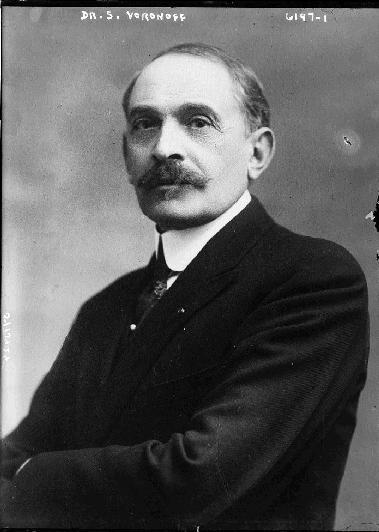
Voronoff’s reputation preceded him. New Scientist gives details of an “increasingly fashionable ‘rejuvenation therapy’. In a now notorious operation, Voronoff grafted slices of ape testes into those of rich and ageing men hoping to regain their former vigour.”
Ivanov and Voronoff made a powerful but bizarre combination. Rather than using their Summer to catch some rays and watch movies, they “made headlines by transplanting a woman’s ovary into a chimp called Nora and then inseminating her with human sperm.”
Following this failed side project, Ivanov made a second trip to Guinea. As a 2011 piece on the Scientific American blog mentions, “He only attempted to inseminate three females before being forced to abandon the project as useless.”
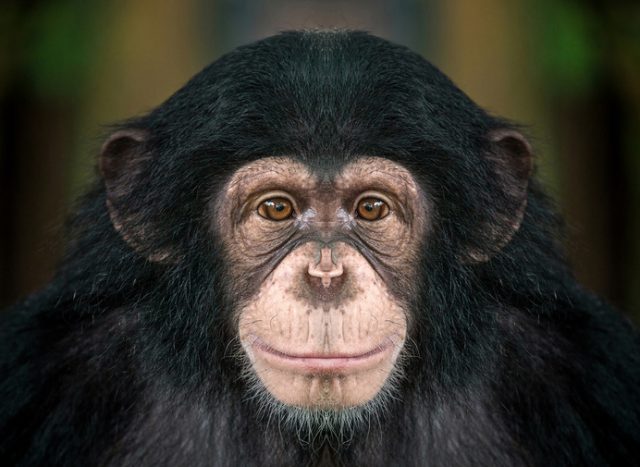
But Ivanov chose not to return home and kept chasing his theory. In a development that wouldn’t look out of place in a horror movie, he took drastic measures.
“Desperate to make use of his limited funding,” the blog writes, “Ivanov then made the horrific decision to attempt the insemination of African women with chimpanzee sperm without their knowledge.”
The authorities in Guinea soon shut down that avenue of exploration. Ivanov went home to Russia, but the snow wasn’t all that was frosty. Word spread about his scheme to exploit female fertility, and it blackened his name.
Ivanov attempted to reproduce the experiments, this time with willing Soviet volunteers. He spent the rest of the Twenties trying to realize a human/ape hybrid, but greater forces intervened that had nothing to do with science or the natural world.
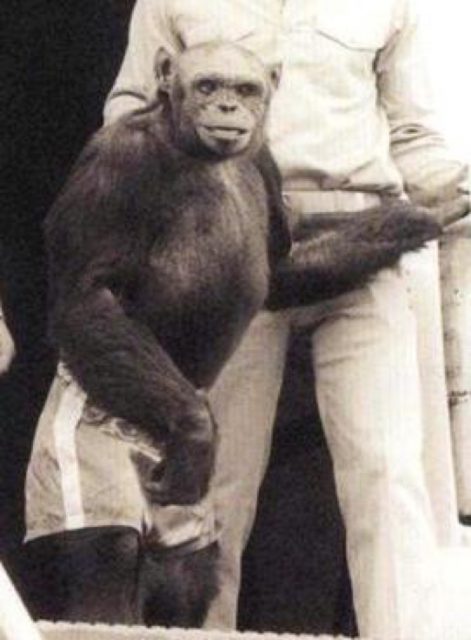
In 1930 Ivanov was arrested on charges of sabotaging his rivals’ endeavors. He was exiled to a labor camp in the city of Alma-Ata in Kazakhstan, and by 1932 he had died from a stroke.
The Russian establishment had turned against him, after the initial encouragement which led to Ivanov’s African excursion. Why was this? The answer lies in the complex political situation of the time, in a country thrown into a new era by the Revolution.
Scientific American writes, “While some of his previous support was based in the political ideology at the time, there were strong political divisions that split scientific opinion on a range of issues and Ivanov was caught in between.”
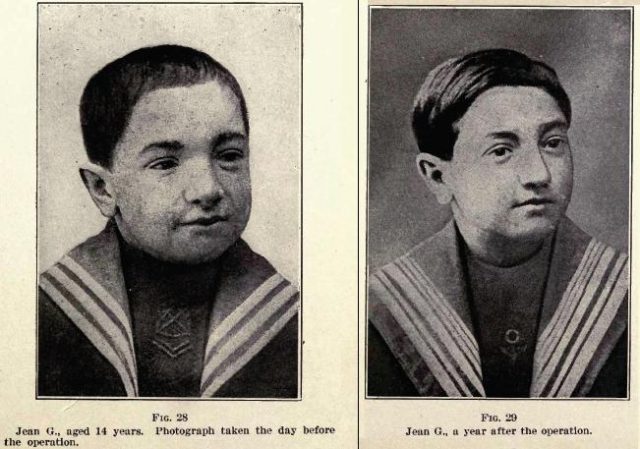
According to historian Alexander Etkind, whose ideas are referred to in New Scientist, Ivanov’s work was “part of an ambitious plan to transform society. The high-ranking Bolsheviks who backed Ivanov were intellectuals who saw science as a means of realizing their dream of a socialist utopia…”
Their aims went beyond scientific prestige. They reportedly sought to alter the mindset of the nation so it would be more in line with their way of thinking.
The article continues, “One way to do that was through ‘positive eugenics’, using AI to speed up the spread of desirable traits – a willingness to live and work communally, for instance – and to get rid of ‘primitive’ traits such as competitiveness, greed and the desire to own property…”
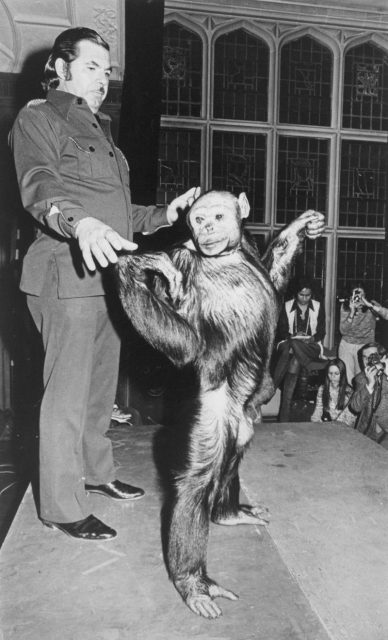
By looking back at Man’s primal ancestors, it was hoped human heritage could be used to change society for the common good.
The Bolsheviks’ dismissive attitude toward religion was said to be courted by Ivanov, who highlighted the Darwinian dimension to his African proposal. Other theories behind the government’s enthusiasm include an interest in Voronoff’s monkey-fueled rejuvenation techniques!
Some believe that Ivanov shared the Bolshevik ideals and it was partly a political decision for him. Others state that “AI” was his only goal, and the African situation was the perfect springboard to put his thoughts into practice.
Whether his views were strictly political, or scientific, or both, the winds of change blew. Stalin took up residence in the Kremlin, and he was at odds with those who funded Ivanov.
Scientific American describes how “other scientists rejected genetic research as bourgeois or imperialist and advocated the inheritance of acquired characteristics (what is commonly known as Lamarckism). It was these researchers… who had Stalin’s support at the time.”
No matter what Ivanov’s standing as an eminent biologist, he wasn’t greater than Stalin’s influence. The dictator believed projects such as Ivanov’s would beat a path to fascism, and from that moment the ape man’s genetic golden goose was cooked.
https://www.youtube.com/watch?v=-6HwipEEQng
It’s easy to see the controversial Ivanov as a monster, the “Red Frankenstein” and an isolated case of a mad scientist. There’s a strong case to say he was. Though by no means the only expert mixing up human and animal genes, he certainly went too far trying to force artificial insemination on women.
In echoes of Jurassic Park’s Ian Malcolm (played by Jeff Goldblum), Scientific American sums up his contribution by saying “Ivanov represents a scientist, widely respected in his field, whose dedication to find out if something could be done blinded him to ask whether it should be done.”
He also “reminds us of the role that politics can play in the development of scientific research even if the scientists directly involved are not political themselves.”
Perhaps Ivanov’s tale of genetic experimentation is best viewed as a cautionary tale, much like the original Frankenstein himself.
